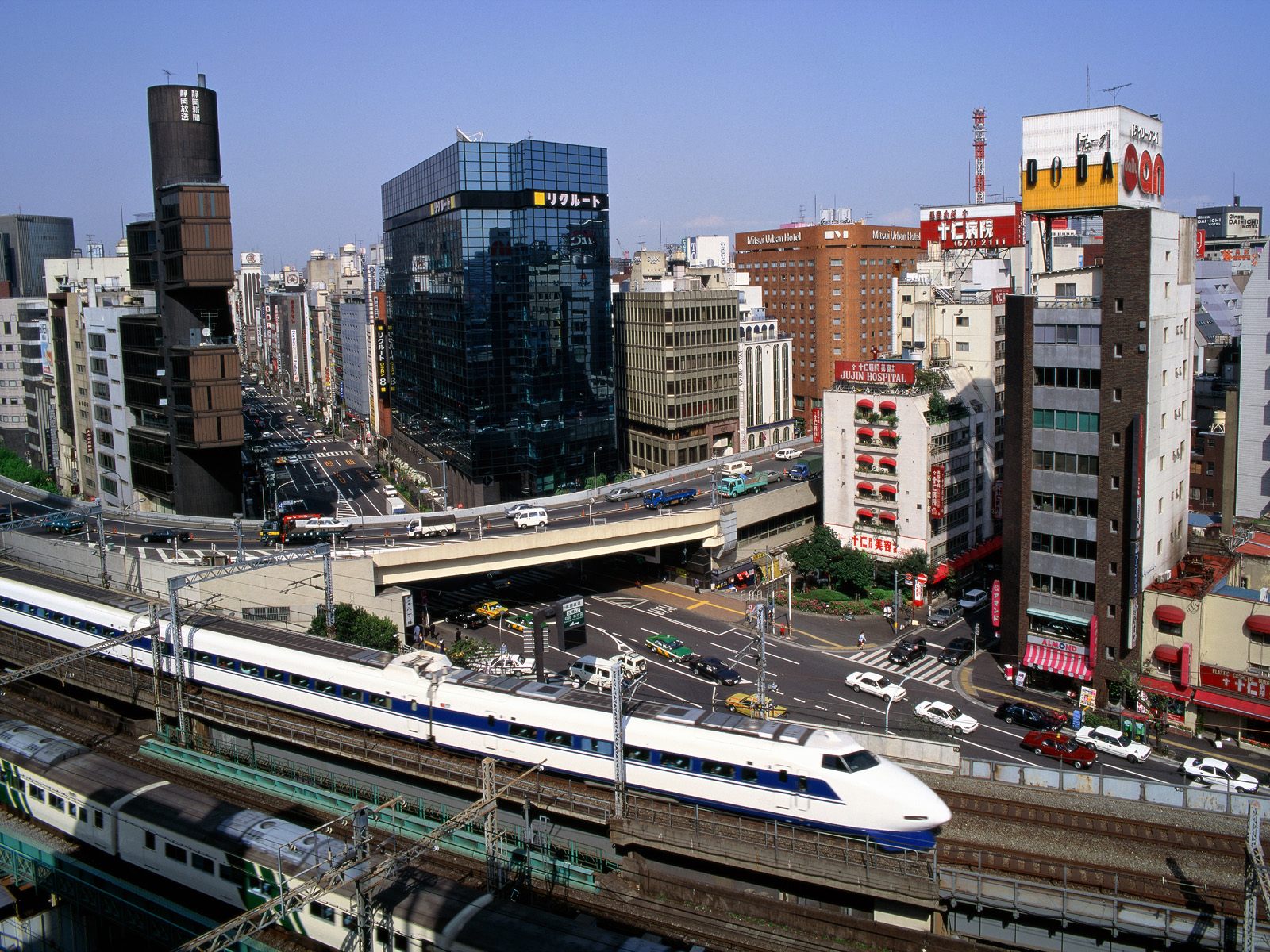Travel Like James Bond: Fly in High-Speed Trains
By Mike Sparks

 youtube.com/v/S39paDGZ0Ew
youtube.com/v/S39paDGZ0Ew
Fast Trains Make for Fast Friends
The witty exchange above between James Bond and his beloved Vesper Lynd while on a high speed train in 2006's Casino Royale wouldn't have happened if packed like sardines with other people in an unsafe airliner being pitched about by turbulence. In fact, seats do not face aft on airliners--even though they are safer in a crash--like some rows on Bond's high speed European train. Romance and trains go together--just like SAFETY and trains go together.
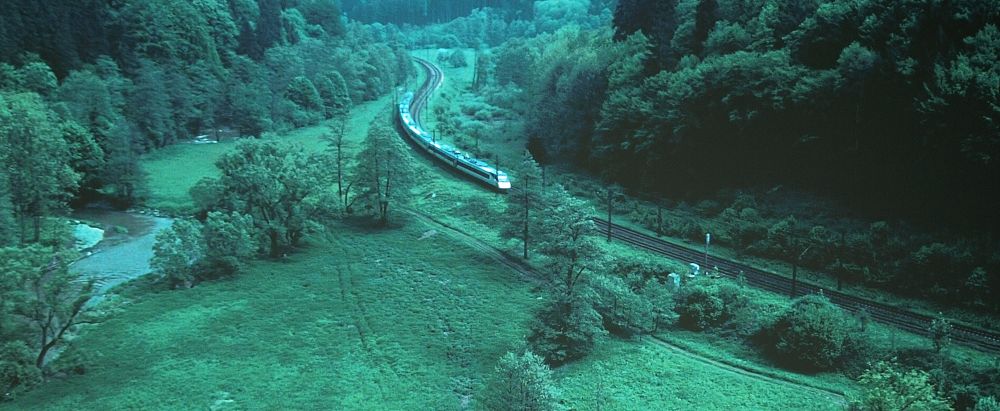
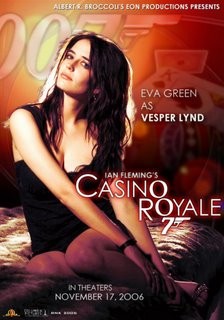
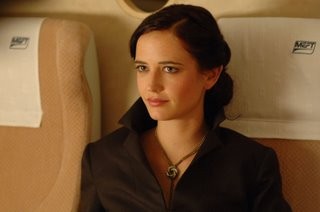
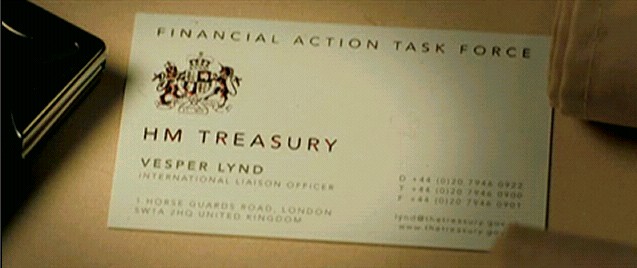

Daniel Craig as James Bond Enjoys a Relaxing High-Speed Train Ride to Casino Royale: He's Going to be Rested When He Arrives. He's Going to Need it!
movietome.com/movie/345704/casino-royale/videos/index.html#
The map below shows the amazing, actual High-Speed Train (HST) coverage that exists in Europe--for a few dollars you can ride from England all the way to Italy carrying a backpack or a folding bike-in-a-bag and see the continent as well as network with other people on projects. There is no such low-cost, high speed transportation capability in the 3, 000 mile long United States--and our economy is suffering as a result of it.
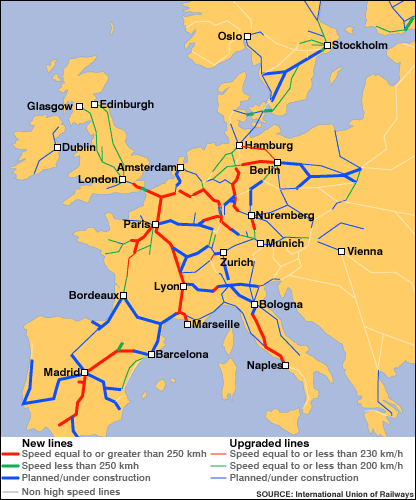
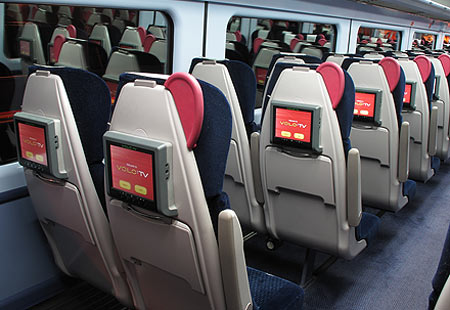
Some Eurotrains even have Flat Screen TVs in their Seat backs
Ian Fleming Loved Trains--and Rightly So
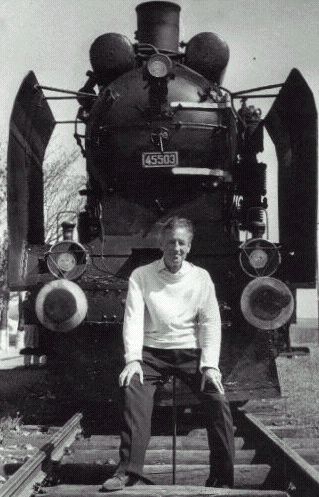
Fleming by Train: Master Spy Ian Fleming in front of the Orient Express while filming From Russia with Love in 1962
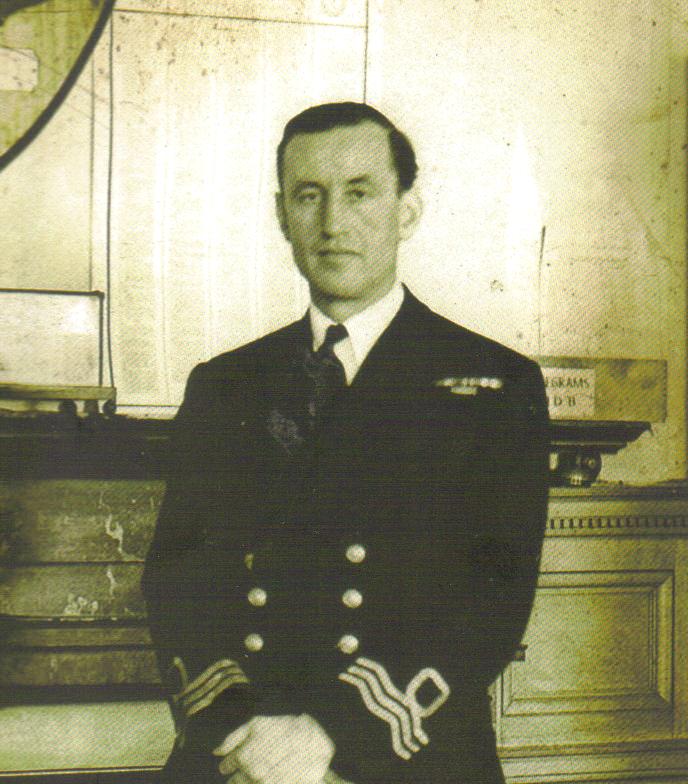
Commander Ian Fleming RNVR in WW2
After the WW2, Commander Ian Fleming former 2IC of British Naval Intelligence traveled extensively throughout the world and Europe by trains, planes, ships and automobiles as Foreign Manager for Kemsley newspapers.
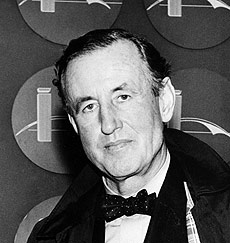

Fleming by Plane
There are indications Flerming was still spying for British intelligence when ostensibly on these journalistic adventures. Most people who haven't read his James Bond agent 007 novels--but have watched his films--wrongly conclude he was a car-centric person from the fabulous Aston-Martin DB5 showcased in Goldfinger when in actuality, Fleming preferred the style and comfort of trains and featured them several times in his stories.

Dinner on a Slow Train: Elegant & Safe: Today Europeans Enjoy the Same Things at High-Speeds
Fleming first used trains in 1954's Live and Let Die (LALD) when Bond and Solitaire try to evade black gangster Mr. Big working for the Soviet Communist SMERSH. LALD wasn't made into a movie until 1973 as Roger Moore's debut 007 film. He had a sleeping compartment--but couldn't resist sharing just one bunk with the lovely Solitaire--do you blame him?

If you're with a beautiful lady are two bunks even necessary?
The train scenes in LALD came as a surprise to movie goers who hadn't seen Bond on a train since 1963's From Russia with Love (FRWL) where Bond escaping from SMERSH with the Lector coding machine supplied by the lovely honeytrap Tania has an epic battle with assassin Red Grant sent to kill him and defame MI6 with a concocted lover's spy scandal. Fleming even has a cameo in FRWL wearing a white sweater as seen in the picture above.

James Bond Battles SMERSH Assassin Red Grant to the Death in From Russia with Love--on a train!
007 movie producers Albert Broccoli and Harry Saltzman rarely made Fleming's novels directly into movies in order to keep the stories fresh and unpredictable--and his actual train emphasis in the novels has been resultantly lost. After 1973 LALD, we had a huge train chase and fight with Roger Moore's James Bond against circus knife throwers in 1983's Octopussy and an interesting armored Russian train with a helicopter for quick escapes in Pierce Brosnin's James Bond music-less Goldeneye in 1995. Fleming himself was directly involved in the script writing newness of the James Bond movies Dr. No (1962), FRWL (1963), Goldfinger (1964) and Thunderball (1965). Yet if you read his novels, he has trains play HUGE roles in 1955's Diamonds are Forever where he wrecks one in order to escape diamond smuggling gangsters who he actually spied in real-life under cover as a journalist.
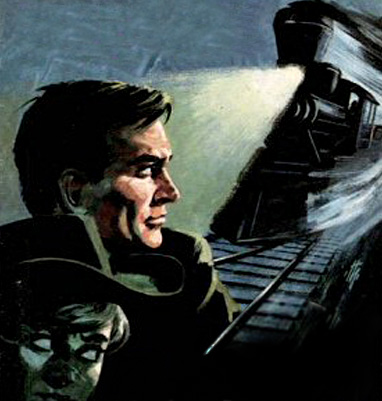
James Bond and Tiffany Case Escape Death from a Diamond Smuggler's Train in Diamonds are Forever.
Even in Goldfinger, Fleming has a train bring the conspirators to Fort Knox's gates. In 1962's You Only Live Twice (YOLT), Bond takes a train to close-in on an evil Japanese castle of death--and has his wallet stolen by a spy working for the mysterious Dr. Shutterhand.
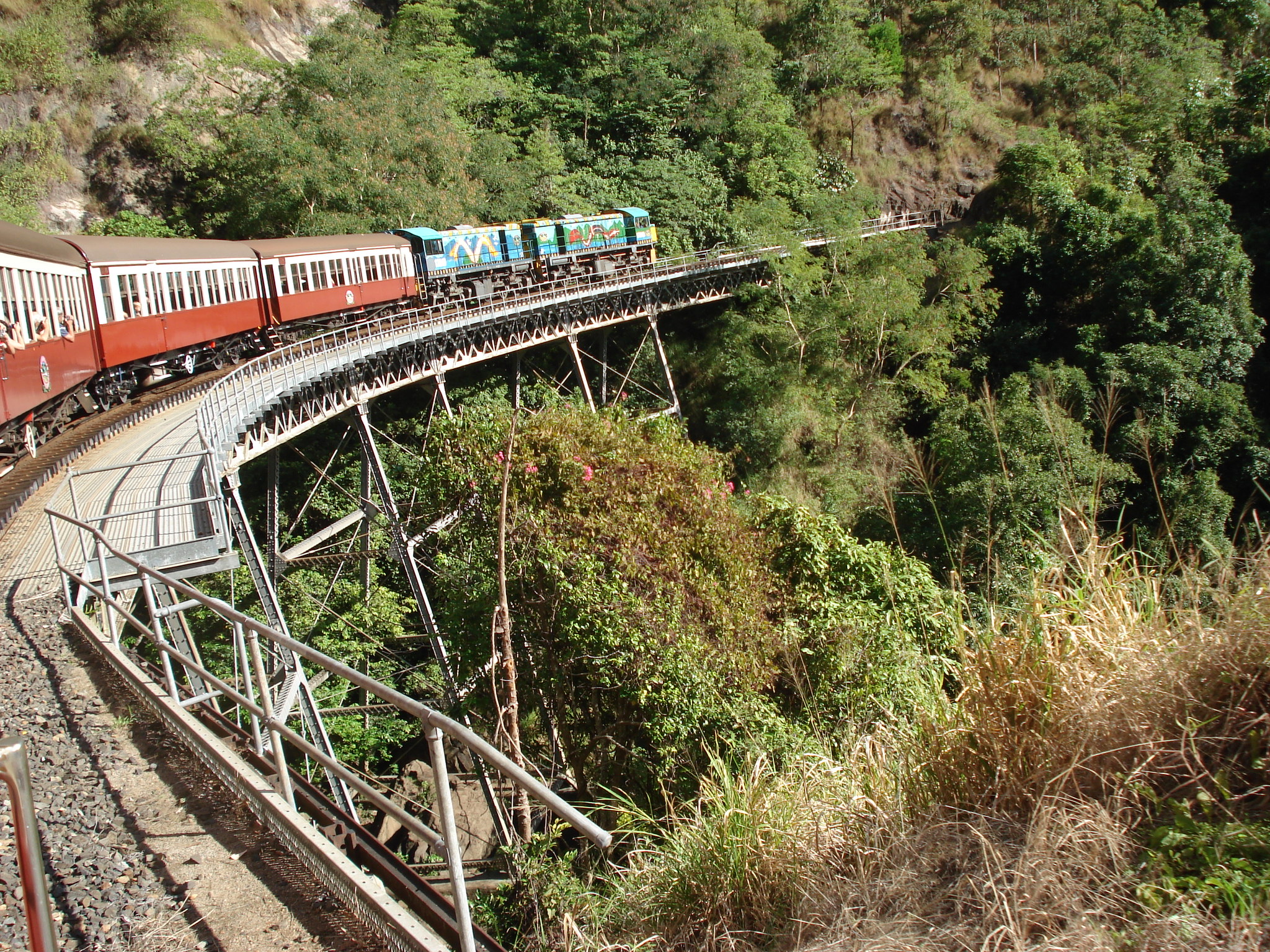
Bond and Spymaster Tiger Tanaka take a Train to Reach the Evil Castle of Death in You Only Live Twice
The movie version of YOLT is a surreal, almost demented parody of Fleming's book by his war-time British Security Coordination (BSC) spy pal, children's story author Wing Commander Roald Dahl which features an air reconnaissance by Bond using his own hip-pocket autogyro "Little Nellie" carried in several suit cases. When most people think of YOLT they think of Little Nellie--a combat ultralight aircraft in air combat against SPECTRE helicopters making Bond nearly an ace-in-a-day.


In the book, the air recon is done by spy planes and photos supplied to Bond to plan his assault on the castle of death.

Bad-Ass Japanese Air Force RF-4E Phantom II Spy Plane
For a Video BOOK (VBOOK) depiction of YOLT faithful to Fleming's novel--watch the YOUTUBE playlist below:
 youtube.com/view_play_list?p=6547BA9BCFB52B8A
youtube.com/view_play_list?p=6547BA9BCFB52B8A
In Fleming's final book, 1964's The Man with the Golden Gun (TMWTGG), he clashes with the world's greatest assassin and pistol shot--from a train.
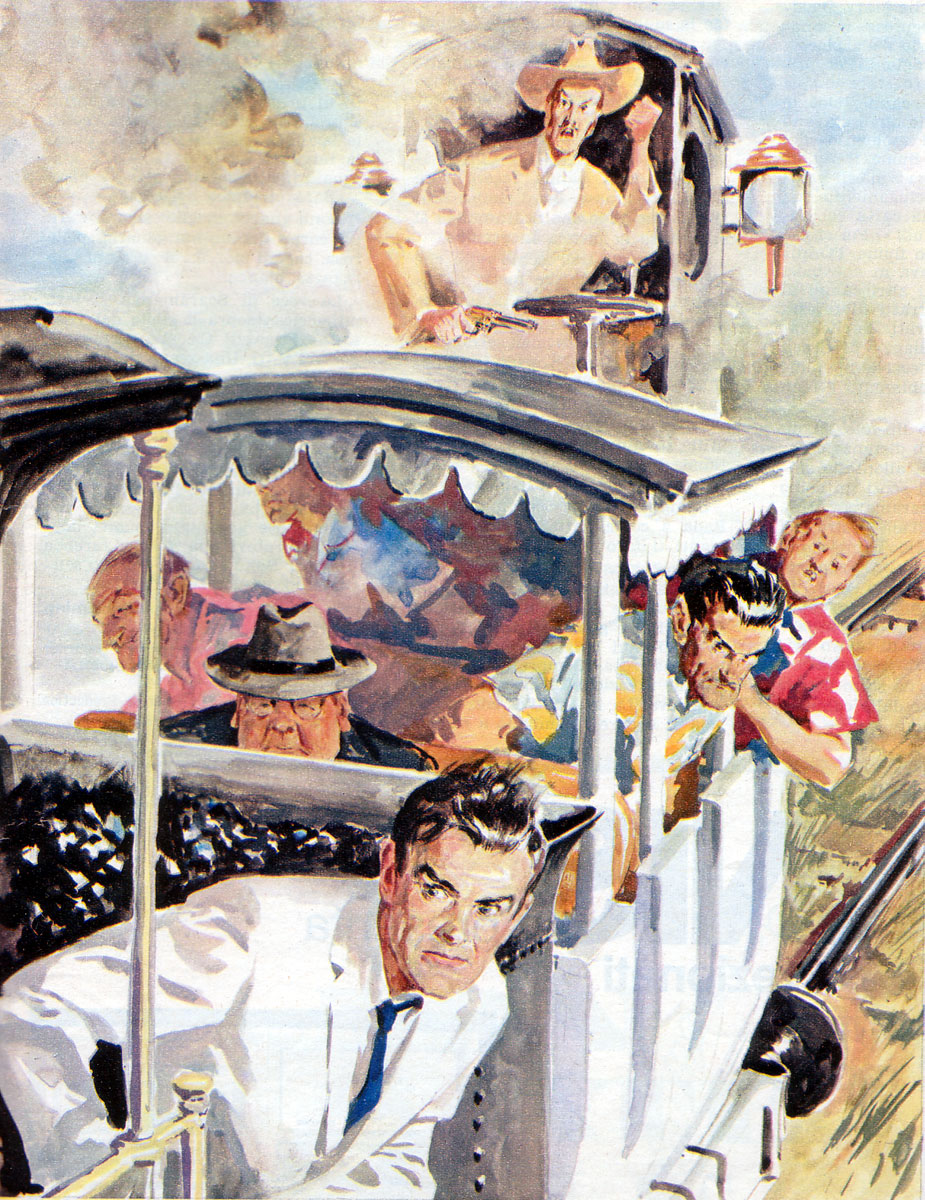
James Bond on Scaramanga's Train in The Man with the Golden Gun
At the time of his death, Fleming had just written a script on spies smashing a drug smuggling ring that was later made into the Euan Lloyd-produced movie, The Poppy is Also a Flower. Fleming was definitely a man with a keen social conscience against vices exploited by drug and other militarist rackets and wanted to improve trains as the main way for people to travel in safety and comfort.
The American People and Our Economy Have Been Suffering From the Curse of Gasoline-Powered Cars For Decades
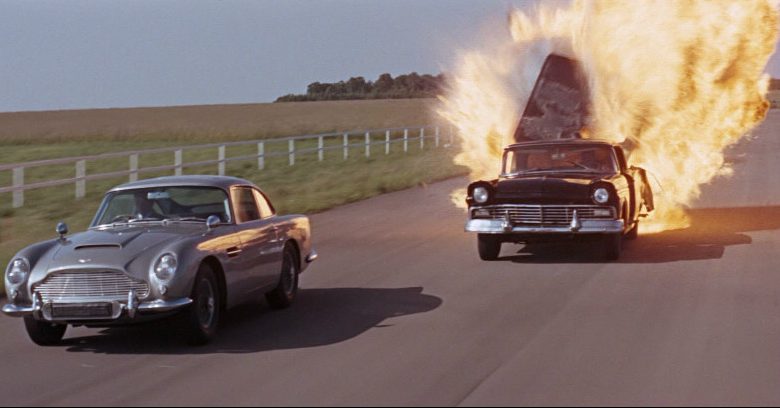


Bond's SPECTRE Attacker has his Gas tank Lit on Fire by the Fiery Fiona Volpe in 1965's Thunderball--the baddest Bond villain girl--Inspiration for All Others
Before it became common in movies for cars to crash and have their gasoline tanks explode, Ian Fleming wrote it in 1955's Diamonds are Forever. Fleming a WW2 veteran painfully aware of how dangerous gasoline is as a vehicular fuel and was alarmed by it from the get-go. Yet while NATO was rapidly switching to safer diesel powered vehicles, Rockefeller Illuminati Nazi puppet President of the United States (POTUS) Dwight D. "Ike" Eisenhower was EXPANDING unsafe gasoline civilian car use with the inter-state highway transportation system of death--at the expense of upgrading train travel by replacing the antiquated railroad tracks derived from parameters set by the Roman Legion's chariots (see famous Horse's Ass Internet Story below). Before and during WW2 TRAIN travel was the norm in America--when America was normal. This was a big obstacle to even bigger Rockefeller Oil profits so it had to go!
If you do a rough calculation of 50, 000 American dying each year in unsafe car crashes when they should have been kept alive by safe, efficient and sane train travel from 1960 onward to 2010 you discover a horrific 50 years and 2, 500, 000 DEAD. 2.5 MILLION American dead--yet no Iwo Jima-style war memorials for them trying to raise families and live moral lives--yet war is glorified with monuments to con Americans into more militarism if we lose a mere 58, 000 men in an ill-conceived Vietnam war for the Illuminati war racket profits and to feed their Malthusian death lusts. How many of those lost 2.5 million souls could have helped us cure cancer? Maybe one of them could have solved the energy crisis? We'll not likely ever know apart from supernatural enlightenment of their lost potential BECAUSE WE MURDERED THEM ON OUR ROADS. And increasingly today, our flimsy cars are crashing and trapping people inside who burn-to-death when they catch on fire.
Before becoming POTUS Eisenhower was a 5-star U.S. Army General in charge of the European Theater of Operations (ETO) where he is infamous for his "broad front" non-strategy of slowly advancing upon Germany by creeping forward a map line--rather than focusing combat power and getting a breakthrough and marching quickly on to Berlin to end the war. Eisenhower had political ambitions even back then and it appears was under the employ of the Rockefeller Illuminati to drag his feet to end the war so the 3rd Reich Nazis had the maximum amount of time to gather their monies and go into hiding to create the 4th Reich in South America and begin a new experiment to make America into a Nazi state. Upon leaving power, Eisenhower in his farewell address to the nation had an attack of conscience and warned us all of the "military-industrial complex" (MILINDCOMP) taking over every aspect of American life in favor of corporate profits. Americans still today, don't get it: that RACKET THEORY runs America--and the world--unless WE THE PEOPLE DEMAND that the BEST, most efficient and safe ways of doing things be the norm--like high speed trains. Otherwise, it's more lucrative and money-making for society to be screwed-up. More problems = more tragedies = more clean-up = more profits for everyone involved. Human societies are death machines. More monies are to be made drilling oil, making it into highly volatile, unsafe gasoline, filling it into flimsy cars into rolling Molotov cocktails, paving over nature in endless highways, having the sheeple crash & burn in these cars, so we have to make more unsafe cars to replace them and then bury the burnt remains of the victims after a tear-filled funeral service which keeps undertakers and morgues paid. The American Highway System is a Death Racket worthy of a Blofeld, Caligula or a Hitler. It's high time we stop relying on unsafe cars for our long distance transportation and employ safe and sane high-speed trains.
What About Inter-City Trains?
 youtube.com/v/uEDAE_9v4h0
youtube.com/v/uEDAE_9v4h0

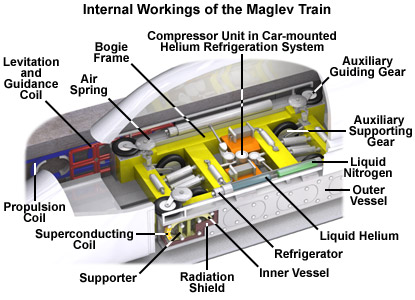
It's a disturbing possibility that the MILINDCOMP more than knows the efficiency of trains and has THEM FOR THEMSELVES in order to connect secretly to Deep Underground Military Bases (DUMBs). The report is that these trains use subway tunnels to stay covert and to not worry about collisions with things on the surface. The rumor is that they operate in a tubular vacuum so there's NO AIR FRICTION and these possibly magnetically levitated (mag-lev) trains are REALLY HIGH-SPEED: they travel at the speed of sound: over 700 mph! Faster than our current sub-sonic airliners. The ride would not be "fun" but its worth considering that a subway should be built CONNECTING AMERICA TO ENGLAND with high-speed trains from New York City-to-Canada-to-Greenland-to-Iceland-to-Scotland in short connecting tunnels.

Such a land bridge to Europe would cost about $175 BILLION--or about the cost of one year's needless occupation of an Iraq or an Afghanistan by foot-troop-victims.
popsci.com/scitech/article/2004-04/trans-atlantic-maglev
Trans-Atlantic MagLev Vacuum Tube TrainBy Carl Hoffman Posted 04.12.2004 at 3:00 pm
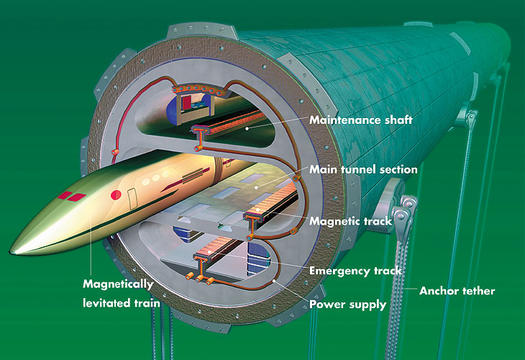
A 4,000-mph magnetically levitated train could allow you to have lunch in Manhattan and still get to London in time for the theater, despite the 5-hour time difference. It's not impossible: Norway has studied neutrally buoyant tunnels (concluding that they're feasible, though expensive), and Shanghai is running maglev trains to its airport. But supersonic speeds require another critical step: eliminating the air-and therefore air friction-from the train's path. A vacuum would also save the tunnel from the destructive effects of a sonic boom, which, unchecked, could potentially rip the tunnel apart.

Illustrations by Mika Grondahl
What: Submerged OCEANIC tunnel and supersonic train
WHERE: New York - London
Cost: $88 billion - $175 billion
Crux: Neutrally buoyant vacuum tunnel submerged 150 to 300 feet beneath the Atlantic's surface and anchored to the seafloor, through which zips a magnetically levitated train at up to 4,000 mph.
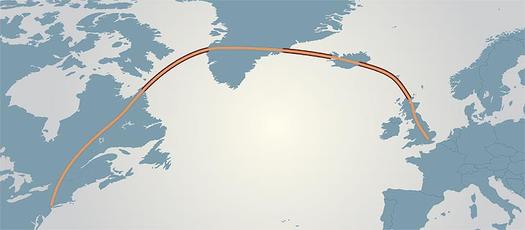
The idea is as wondrous as it is audacious: Get on a train at New York City's Penn Station and hit Paris, London or Brussels just an hour later. "From an engineering point of view there are no serious stumbling blocks," says Ernst Frankel, retired professor of ocean engineering at MIT.
As envisioned by Frankel and Frank Davidson, a former MIT researcher and early member of the first formal English Channel Tunnel study group, sections of neutrally buoyant tunnel submerged 150 to 300 feet beneath the surface of the Atlantic, then anchored to the seafloor-thereby avoiding the high pressures of the deep ocean. Then air would be pumped out, creating a vacuum, and alternating magnetic pulses would propel a magnetically levitated train capable of speeds up to 4,000 mph across the pond in an hour. As Frankel and Davidson say, it's doable. "We lay pipes and cables across the ocean every day," says Frankel. "The Norwegians recently investigated submerged, floating tunnels for crossing their deep fjords, and were only held back by the costs."
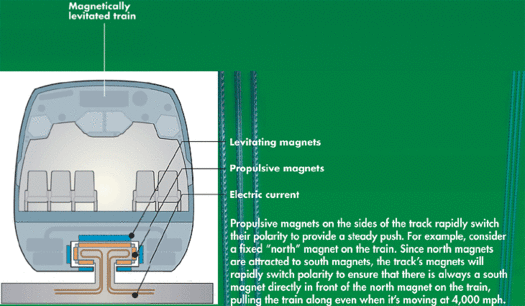
Ah, the costs: Estimates range from $25 million to $50 million per mile. Another hurdle: safety. But Davidson believes a test case might mitigate concerns. "Maybe a tunnel across Lake Ontario would show how it reacts to dynamic conditions and give us a better understanding of the costs," he muses. "A transatlantic tunnel will be done. We just have to be as interested in it as we are in getting to the Moon."
http://en.wikipedia.org/wiki/Transatlantic_tunnel
Transatlantic tunnel
From Wikipedia, the free encyclopediaA transatlantic tunnel is a theoretical tunnel that would span the Atlantic Ocean between North America and Europe, and would carry mass transit of some type-trains are envisioned in most proposals. Using advanced technologies, speeds of 500 to 8,000 kilometres per hour (310 to 5,000 mph) are envisaged.[1]
Plans for such a tunnel have not progressed beyond the conceptual stage, and no one is actively pursuing such a project. Most conceptions of the tunnel envision it between the United States and the United Kingdom, or, more specifically, between New York City and London. The main barriers to constructing such a tunnel are cost-from $175 billion[2] to $12 trillion-and the limits of current materials science.
Existing major tunnels, such as the Channel Tunnel and Seikan Tunnel, despite using less expensive technology than any yet proposed for the transatlantic tunnel, struggle financially.
A transatlantic tunnel would be 88 times longer than the Gotthard Base Tunnel and 36 times longer than the Delaware Aqueduct. In 2003, the Discovery Channel's show Extreme Engineering aired a program entitled "Transatlantic Tunnel",[1] which discussed the proposed tunnel concept in detail.
History
Suggestions for such a structure go back to Michel Verne, son of Jules Verne, who wrote about it in 1888 in a story entitled Un Express de l'avenir (An Express of the Future). This story was published in English in Strand Magazine in 1895, where it was incorrectly attributed to Jules Verne,[3] a mistake frequently repeated today.[4] In 1913, the novel Der Tunnel was published by German author Bernhard Kellermann. It inspired four films of the same name: one in 1914 by William Wauer, and separate German, French, and British versions released in 1933 and 1935. The German and French versions were by Curtis Bernhardt, and the British one was written in part by science fiction writer Curt Siodmak. Perhaps suggesting contemporary interest in the topic, an original poster for the American release of the British version (renamed Transatlantic Tunnel) was, in 2006, estimated for auction at $2,000-3,000.[5]
Robert H. Goddard, the father of rocketry,[6][7] was issued two of his 214 patents for the idea.[4] Arthur C. Clarke mentions intercontinental tunnels in his 1956 novel The City and the Stars. Harry Harrison's 1975 novel Tunnel Through the Deeps (also published as A Transatlantic Tunnel, Hurrah!) describes a vacuum/maglev system on the ocean floor.[8] The April 2004 issue of Popular Science suggests that a transatlantic tunnel is more feasible than previously thought, and without major engineering challenges. It compares it favorably with laying transatlantic pipes and cables, but with a cost of 88 to 175 billion dollars.[2]
Variations
Many variations of the concept exist, including a tube above the seabed, a tunnel beneath the ocean floor, or some combination of the two.
A 1960s proposal has a 3,100 miles (5,000 km)-long near-vacuum tube with vactrains, a theoretical type of maglev train, which could travel at speeds up to 5,000 miles per hour (8,000 km/h). At this speed, the travel-time between New York City and London would be less than one hour. Another modern variation, intended to reduce costs, is a submerged floating tunnel about 160 feet (49 m) below the ocean surface, in order to avoid ships, bad weather, and the high pressure associated with a much deeper tunnel near the sea bed. It would consist of 54,000 prefabricated sections held in place by 100,000 tethering cables. Each section would consist of a layer of foam sandwiched between concentric steel tubes, and the tunnel would also have reduced air pressure.[1] The cables would be anchored to the sea floor, and would have room to sway if a submerged object such as a submarine were to hit the tunnel. If a breach were to occur somewhere along the tunnel, the breached section could be isolated by titanium pressure-lock doors. If such a breach were to occur behind a train travelling in the tunnel, the train would be travelling faster than any incoming water, and could therefore escape the breached section before the doors needed to be closed. If, on the other hand, a breach were to occur in front of a fast-moving train, it might not have enough time to slow down to avoid hitting the incoming water or the isolating doors, thus resulting in a major crash (at up to 5,000 mph), probably destroying several sections of the tunnel. Theories proposing rocket, jet, scramjet, and air-pressurized tunnels for train transportation have also been put forward. In the proposal described in the Extreme Engineering episode, trains would take 18 minutes to reach top speed, and 18 minutes at the end to come to a halt. During the deceleration phase, the resultant 0.2g acceleration would lead to an unpleasant feeling of tilting downward, and it was proposed that the seats would individually rotate to face backwards at the midpoint of the journey, in order to make the deceleration more pleasant.[1] However, spinning chairs would also cut down considerably on passenger capacity, and would also be expensive, therefore raising the cost per ticket to a much higher level.
A proposed 6000-km alternative route, mixing undersea and overland travel, would head north from Newfoundland over the ice sheet of Greenland and across Iceland to the Faroe Islands and then Scotland. It is thought that this route would be cheaper to build, because it could have multiple tunnel heads, but would also be more difficult to construct, owing to adverse weather conditions in northern regions. Moreover, while lessons learned from the Trans-Alaska Pipeline System might mitigate many difficulties, building a railway over an ice sheet would present particular engineering challenges. Roads built on ice sheets do exist in a few places, such as Svalbard and Antarctica, but there are problems at the edge of the sheet and due to ice streams. Unlike a roadway, a high-speed railway must be stable, and would prove particularly difficult and costly to maintain where it crossed the ice sheet.
So indeed, CHOICES have to be made with what our nation does with its time, people and treasure---if we racketeer for militarism, at the end of the 10-year "boom" cycle where we go around blowing people up, at the end we will be "busted" broke and have NOTHING to show for it except broken lives. Even our military will not be improved in its efficiency because immoral, incompetent bureaucrats used the "war" to further degenerate the organization.
What about Cars? Should We Still Have them?

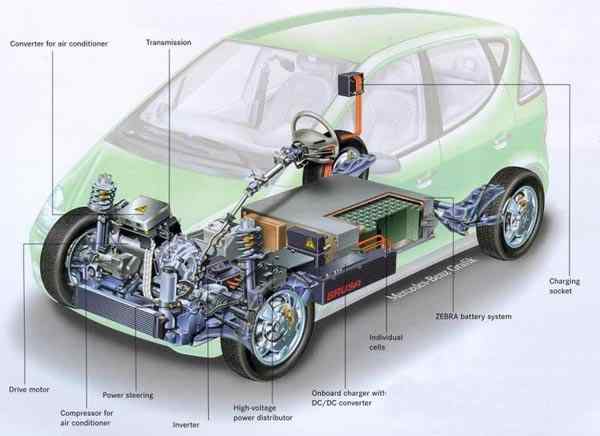
What we should use personally owned vehicles (POVs) AKA cars for is for SHORT-RANGE transportation not covered by inter-city trains using compression diesel engine hybrid-electric and eventually electric cars without the fire risks. Of course, our HSTs could transport our HED/ED cars to where we want to go for inner-city transportation.....

www.telegraph.co.uk/news/3021649/James-Bond-author-Ian-Fleming-was-electric-transport-advocate-manuscript-reveals.html
James Bond author Ian Fleming was electric transport advocate, manuscript reveals
Ian Fleming, the creator of James Bond, and fiction's most famous car in Chitty Chitty Bang Bang, called for the whole of central London to convert to electric motors, a newly unearthed manuscript reveals.

Bond author Fleming also wrote Chitty Chitty Bang Bang Photo: GETTY
By Ben Leach
Published: 10:10AM BST 20 Sep 2008
The writer also proposed the introduction of park and ride schemes, long before environmental concerns became fashionable.
The article, entitled "If I Were Prime Minister", was written for The Spectator in 1959. It also includes a suggestion to turn the Isle of Wight into a louche theme park with casinos and the most luxurious brothels in the world.
According to James Taylor, the curator of the Imperial War Museum exhibition, the slightly tongue-in-cheek article is interesting for the glimpse it gives of Fleming's personal outlook.
"He didn't put himself about and he was rather embarrassed by what we now call celebrity. Although he was still a journalist, Bond was his real mouthpiece; a Victorian clubland hero projected into the modern world.
"This article echoes everything we know about Fleming. On the one hand he's very traditional; on the other he is incredibly modern in his views, particularly in his attitude to sex."
As well as creating a "minister of leisure" who would oversee "a complete reform of our sex and gambling laws" he suggests a regime of low taxation, "enthusiastic encouragement of emigration" and "benevolent Stakhannovism" - bonus schemes in factories to encourage a greater national work ethic.
He also challenges "noise, carbon monoxide gas and exasperation caused by the traffic problem in our big towns". The petrol-driven internal combustion engine is a "ridiculous steam-age contraption" that produces fumes that "we breathe day and night" before forming a harmful envelope around the world, he writes.
In his hypothetical first term, Fleming promises to convert the whole of Central London to electric transport. "Very cheap, state owned garages would be built at the point of entry into London of our main roads and drivers would there transfer into electric buses or the Underground and later into cheap, state-run electric taxis."
Jeremy Irons is expected to read from it and other previously unheard examples of Fleming's writings, in an all-star charity gala at the London Palladium next month to mark the centenary of Fleming's birth.
It will be the penultimate event in a year of commemoration that began with the Imperial War Museum's exhibition For Your Eyes Only: Ian Fleming and James Bond, brought the publication of Sebastian Faulks's bestselling Bond novel Devil May Care and will end on October 29 with the world premiere of the Bond film Quantum of Solace.
Roger Moore, Christopher Lee, Faulks, Rosamund Pike, Patrick Stewart, Rory Kinnear, Harriet Walter and Charlie Higson are among the other actors and authors with a connection to Bond who will help to bring Fleming's characters to life in aid of the British Heart Foundation on October 5.
A 60-piece orchestra will accompany singers including Beverley Knight, Lemar and David Gilmour as they interpret songs from the Bond films and, in Gilmour's case, the Chitty Chitty Bang Bang soundtrack.
Fleming's niece, Kate Grimond, found the manuscript for If I Were Prime Minister when searching for material for a volume of little-known or unpublished writing by Fleming, which will be published next month by Queen Anne Press as Talk of the Devil.
Unsafe Airliners Doing Jobs Better Done By High Speed Trains

Hundreds of people can die in just one jumbo jet airliner crash
America is justly pleased that aviation is an unique creation of ours but one that has gone overboard along with AmeroNazi Henry Ford's mass-produced, unsafe gasoline-powered car death traps. The Wright Brothers' planes were controlled by bizarre wing warping and it took the Europeans to invent flaps, ailerons and rudders to make heavier-than-air flight feasible. In just a dozen years after the Wright Brothers' first flight in 1903, American aviators had to fly European planes in order to participate in WW1. So as America was expanding into disorganized cities connected by unsafe and inefficient gas cars, above in the skies she began to build bigger and faster planes on the European format to cross the country and later the world--free from contact friction with the Earth. Aviation is vital to get to those places where trains cannot; however having a plane fly over land that a high-speed train can traverse at nearly the same speeds and with greater energy efficiency, safety, comfort and greater payloads is ludicrous. The rich elites who are making $$$ BILLIONS $$$ on the un-needed airline racket need to be over-ridden for us to have progress. The Nazi "free market" BS from Milton Friedman's University of Chicago Nazieconomics that greed will somehow force the best ideas that are EFFICIENT AND LESS COSTLY to come into wide-scale use is a cruel lie to con the sheeple as actual RACKET THEORY that maximizes inefficiency dominates. Human progress to make us live better and more safely and efficiently requires WISDOM--not the profit motive to take place. American aviation has refused to build safer Burnelli lifting fuselage designs in favor of dangerous tube & wing death trap designs. Short of government forcing airlines to be safer with crash-worthy planes, the best alternative is to push for high-speed trains and avoid flying in the airline's death traps. Vote with your feet.
The following articles describe America's first baby steps towards having high-speed trains the Euros, Japanese and Chinese already have. Better late than never. Remember that if we were not wasting $1 BILLION/week making corporaterrorists rich occupying Iraq/Afghanistan from 2001 to the present--we would already have America completely criss-crossed with high speed trains--and inner city subways. You could hop on a HST and be in New York or LA in a few hours, rested and with little hassle for a few dollars.
Think about it.
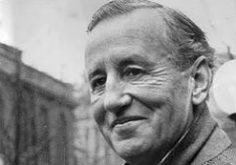
NOTES
treehugger.com/files/2009/04/obama-high-speed-rail-city-plans.php
It's one of
With only $8 billion specifically allotted to getting the project off the ground, and an additional $1 billion a year for five years, he's going to have to be cautious of where he builds rail. And he seems to have acknowledged this in his planning-instead of an ambitious plan to lay rail from coast to coast, Obama is suggesting 10 corridors of 100-600 miles each around the country. Check out Obama's vision for high speed rail in America for yourself below--the grey lines are where future lines will hopefully go. Blue is where high speed rail already exists (yup, it's that single, solitary line in the Northeast-we're way behind Japan and Europe here).
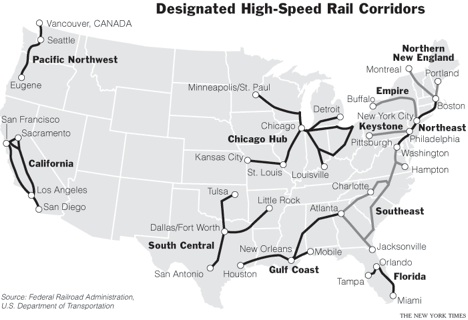
Where the Rail Will Go
And here's a complete list of the proposed corridors and the cities that would get high speed rail access.
-California Corridor - (Bay Area, Sacramento, LA, San Diego)
- Pacific Northwest Corridor - (Eugene, Portland, Tacoma, Seattle, Vancouver BC)
- South Central Corridor - (Tulsa, Oklahoma City, Dallas/Fort Worth, Austin, San Antonio, Little Rock)
- Gulf Coast Corridor - (Houston, New Orleans, Mobile, Birmingham, Atlanta)
- Chicago Hub Network - (Chicago, Milwaukee, Twin Cities, St. Louis, Kansas City, Detroit, Toledo, Cleveland, Columbus, Cincinnati, Indianapolis, Louisville)
- Florida Corridor - (Orlando, Tampa, Miami)
- Southeast Corridor - (Washington Richmond, Raleigh, Charlotte, Atlanta, Macon, Columbia, Savannah, Jacksonville)
- Keystone Corridor - (Philadelphia, Harrisburg, Pittsburgh)
- Empire Corridor - (New York, Albany, Buffalo)
- Northern New England Corridor - (Boston, Montreal, Portland, Springfield, New Haven, Albany)
Obama's goals will (hopefully) be realized through a combination of constructing brand new corridors that will be entirely dedicated to high speed rail and the incremental upgrading of existing rail. And in addition to the $8 billion in stimulus funds, money will be made available as grants for states with rail projects that are "ready to go." Rail projects like these are expected to create a slew of jobs as well.
Both Express and Regional High Speed Rail lines are planned. From
Besides the obvious benefits of having a
So all in all, the plan looks like a solid first step--and it could very well mean that we finally see a high speed rail system emerge in the U.S. in coming years.
More on High Speed Rail:
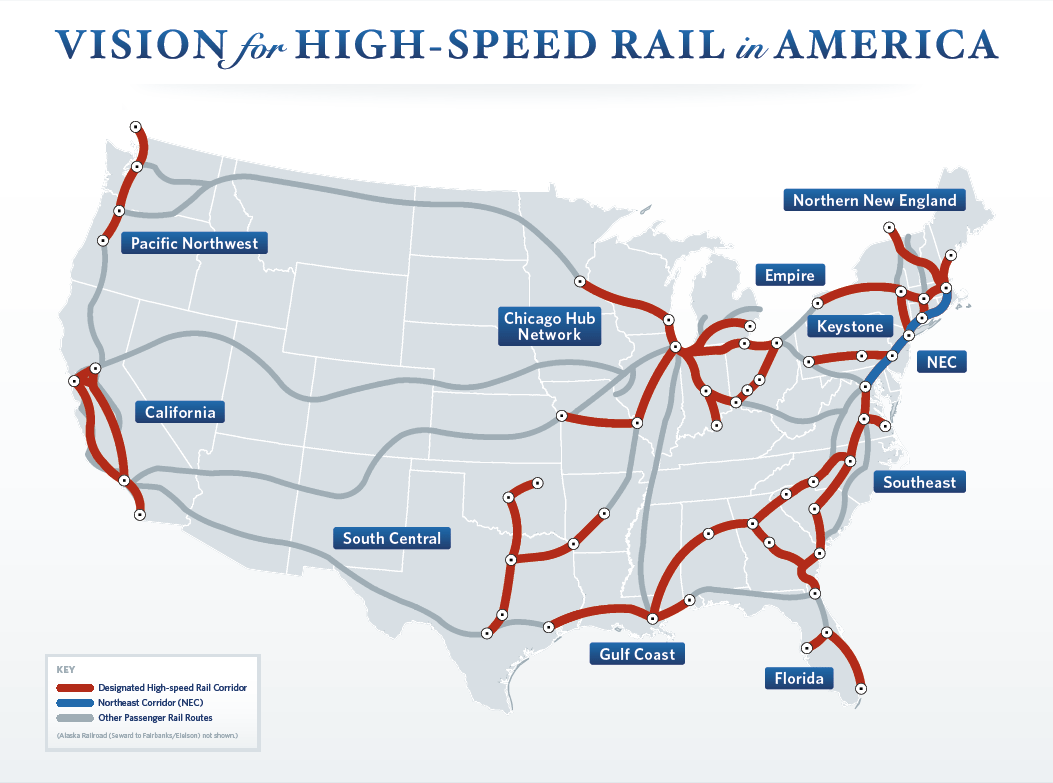
Image via
Federal Railroad Administration
The Ten Rail Corridors
How the High Speed Rail Will Be Built
HSR - Express. Frequent, express service between major population centers 200-600 miles apart, with few intermediate stops. Top speeds of at least 150 mph on completely grade-separated, dedicated rights-of-way (with the possible exception of some shared track in terminal areas). Intended to relieve air and high-way capacity constraints.
HSR - Regional. Relatively frequent service between major and moderate population centers 100-500 miles apart, with some intermediate stops. Top speeds of 110-150 mph, grade-separated, with some dedicated and some shared track (using positive train control technology). Intended to relieve highway and, to some extent, air capacity constraints.
Green Benefits of High Speed Rail
"According to one recent study, implementation of pending plans for the federally designated HSR corridors could result in an annual reduction of 6 billion pounds of CO2
CA High - Speed Rail Initiative - "If We Don't Pass This, We Will ...
fra.dot.gov/Pages/31.shtml
Vision of High-Speed Rail in America
"Imagine whisking through towns at speeds over 100 miles an hour, walking only a few steps to public transportation, and ending up just blocks from your destination. Imagine what a great project that would be to rebuild America."
- President Obama announcing a new vision for high-speed and intercity passenger rail service in America (April 16, 2009)
The Administration has placed a new emphasis on building high-speed and intercity passenger rail to connect communities and economic centers across the country. A fully developed passenger rail system will complement highway, aviation and public transit systems.
High - Speed Trains Coming to California, Voters Approve Prop 1A
High Speed Trains As Sexy as Fast Cars
High-Speed and Intercity Passenger Rail
With the successful completion of the original phases of the Northeast Corridor (NEC) Improvement Project offering Amtrak's maximum 150 mph Acela train service between Washington, New York, and Boston, efforts to develop high-speed intercity passenger rail service have expanded beyond the NEC. However, just as the Interstate Highway System took 50 years to complete, the true potential of a fully integrated high-speed intercity passenger rail network will not be achieved or realized overnight.
The Department of Transportation is working with States to plan and develop high-speed and intercity passenger rail corridors that range from upgrades to existing services to entirely new rail lines exclusively devoted to 150 to 220 mph trains. Implementing these corridor projects and programs will serve as a catalyst to promote economic expansion (including new manufacturing jobs), create new choices for travelers in addition to flying or driving, reduce national dependence on oil, and foster livable urban and rural communities.
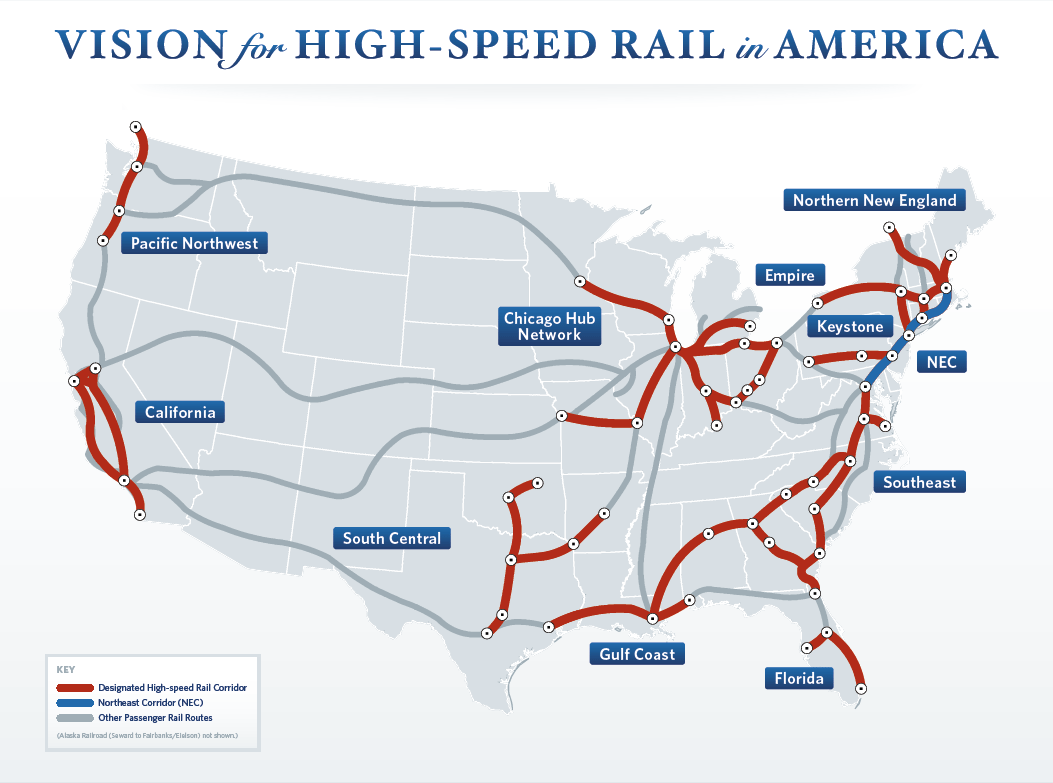
Interesting info about the railroads------
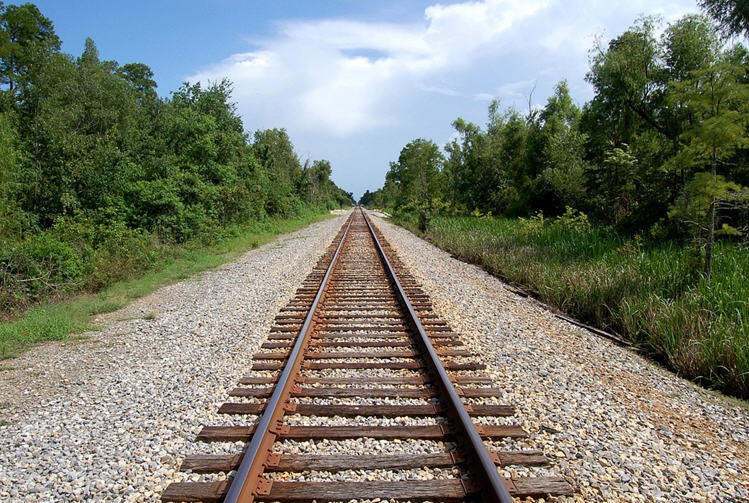
The following illustrates how something could be a good idea that when perpetuated DAMNS us into limited parameters. Narrow railroad lines limit us into unsafe, slow speed trains when we need high-speed types like in Europe. Sometimes we have to pay the price and start over and get a better set of variables to work with.
Railroad tracks.
The U.S. standard railroad gauge (distance between the rails) is 4 feet, 8.5 inches. That's an exceedingly odd number.
Why was that gauge used? Because that's the way they built them in England, and English expatriates designed the U.S. railroads.
Why did the English build them like that? Because the first rail lines were built by the same people who built the pre-railroad tramways, and that's the gauge they used.
Why did "they" use that gauge then? Because the people who built the tramways used the same jigs and tools that they had used for building wagons, which used that wheel spacing.
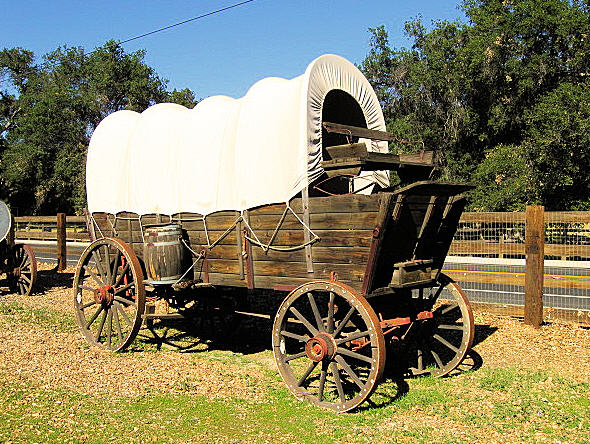
Why did the wagons have that particular odd wheel spacing? Well, if they tried to use any other spacing, the wagon wheels would break on some of the old, long distance roads in England , because that's the spacing of the wheel ruts.
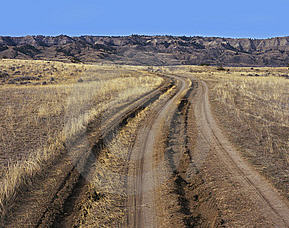
So who built those old rutted roads? Imperial Rome built the first long distance roads in Europe (including England ) for their legions. Those roads have been used ever since.
And the ruts in the roads? Roman war chariots formed the initial ruts, which everyone else had to match for fear of destroying their wagon wheels.

Since the chariots were made for Imperial Rome , they were all alike in the matter of wheel spacing. Therefore the United States standard railroad gauge of 4 feet, 8.5 inches is derived from the original specifications for an Imperial Roman war chariot. Bureaucracies live forever.
So the next time you are handed a specification/procedure/process and wonder "What horse's ass came up with this?" , you may be exactly right. Imperial Roman army chariots were made just wide enough to accommodate the rear ends of two war horses. (Two horses' asses.)
Now, the twist to the story:
When you see a Space Shuttle sitting on its launch pad, there are two big booster rockets attached to the sides of the main fuel tank. These are solid rocket boosters, or SRBs. The SRBs are made by Thiokol at their factory in Utah.
The engineers who designed the SRBs would have preferred to make them a bit fatter, but the SRBs had to be shipped by train from the factory to the launch site. The railroad line from the factory happens to run through a tunnel in the mountains, and the SRBs had to fit through that tunnel. The tunnel is slightly wider than the railroad track, and the railroad track, as you now know, is about as wide as two horses' behinds.
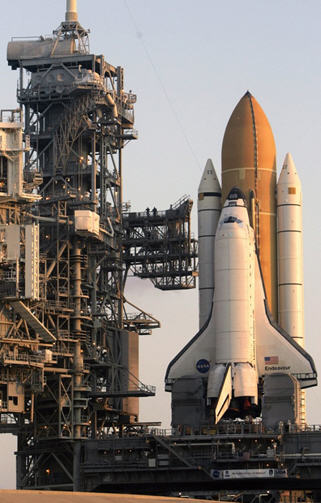

So, a major Space Shuttle design feature of what is arguably the world's most advanced transportation system was determined over two thousand years ago by the width of a horse's ass. And you thought being a horse's ass wasn't important? Ancient horse's asses control almost everything... and
CURRENT Horses Asses in Washington DC are controlling everything else.
